The Revolutionary war
“Encampment on the Ramapo”
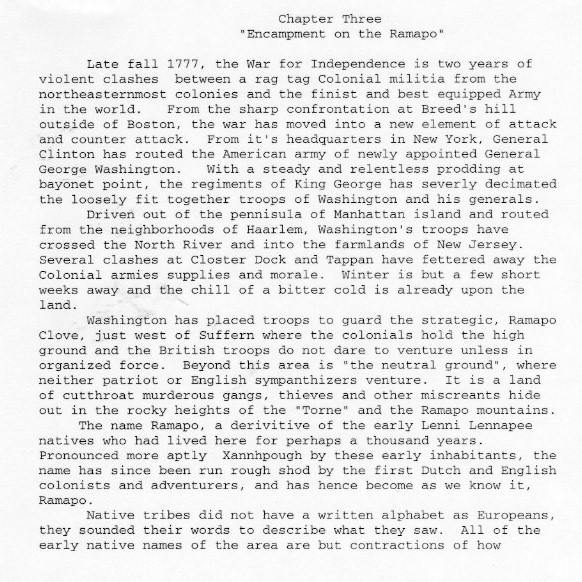
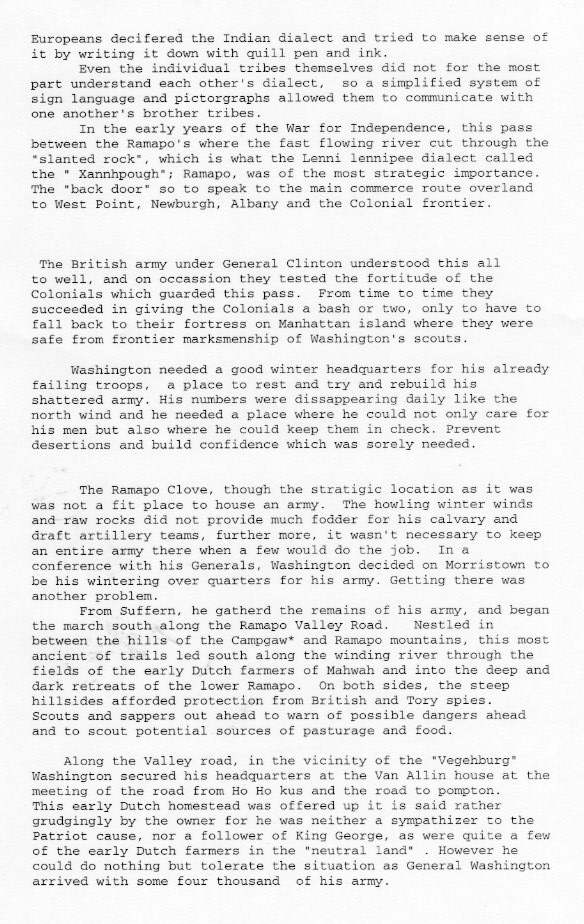
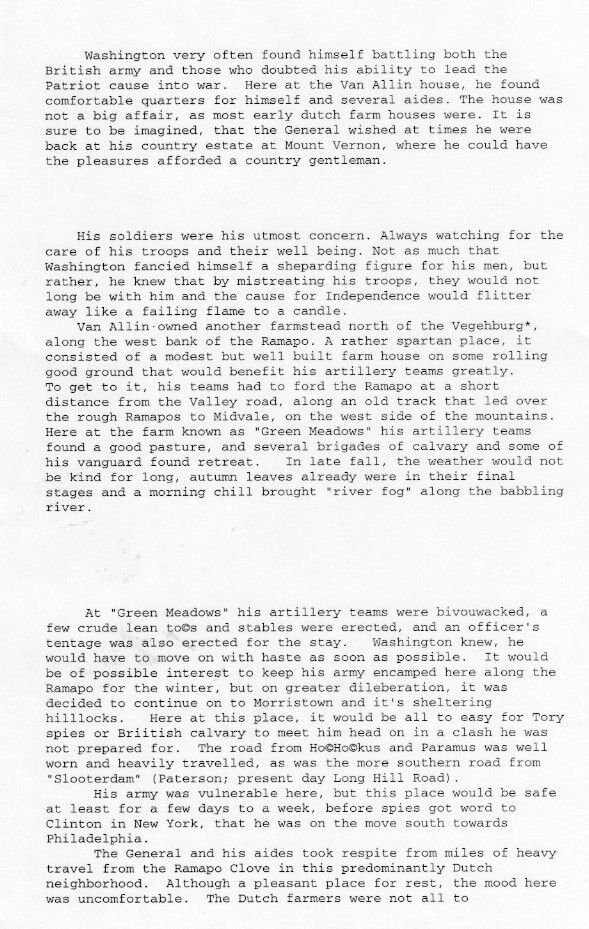
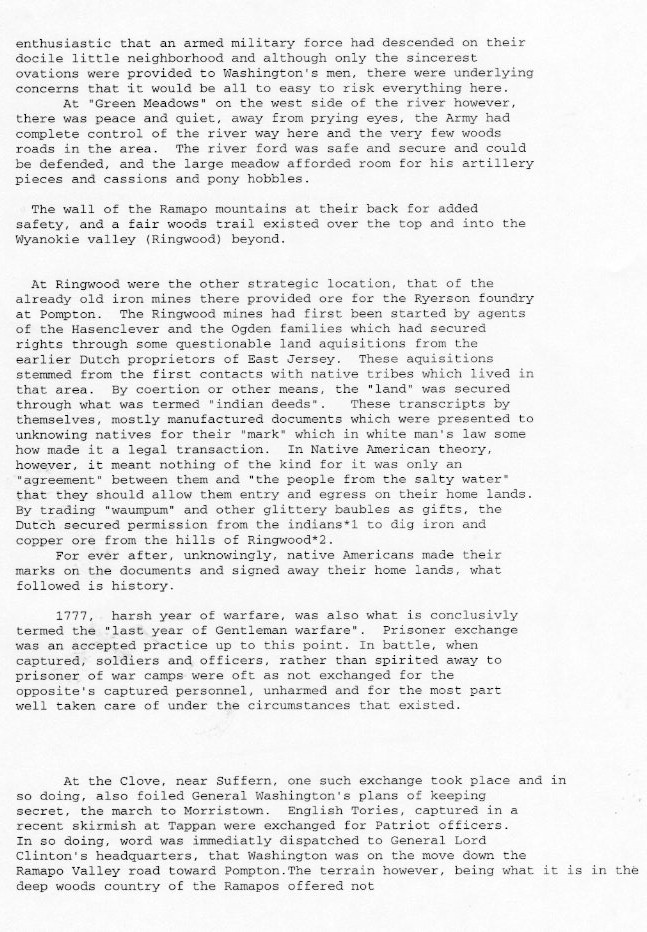
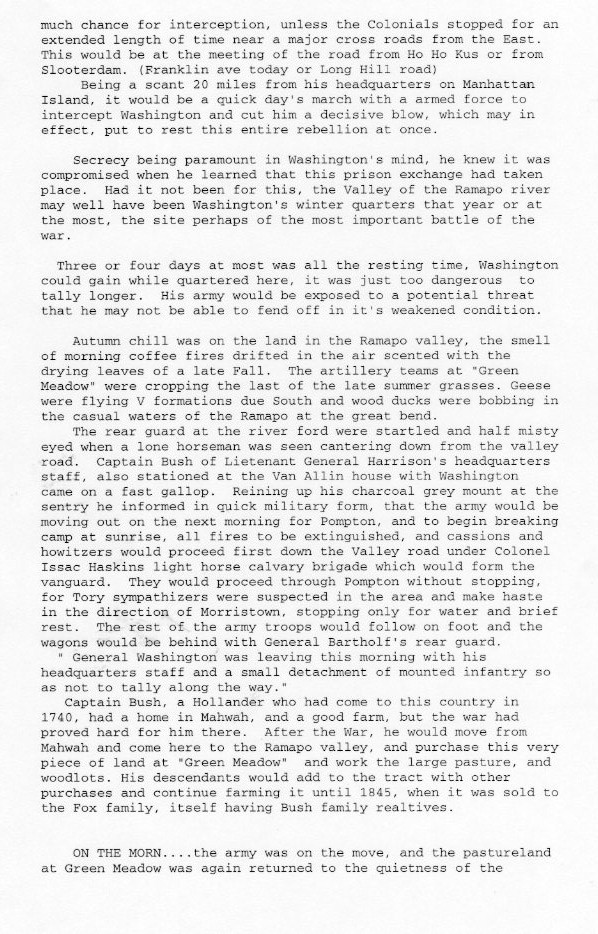
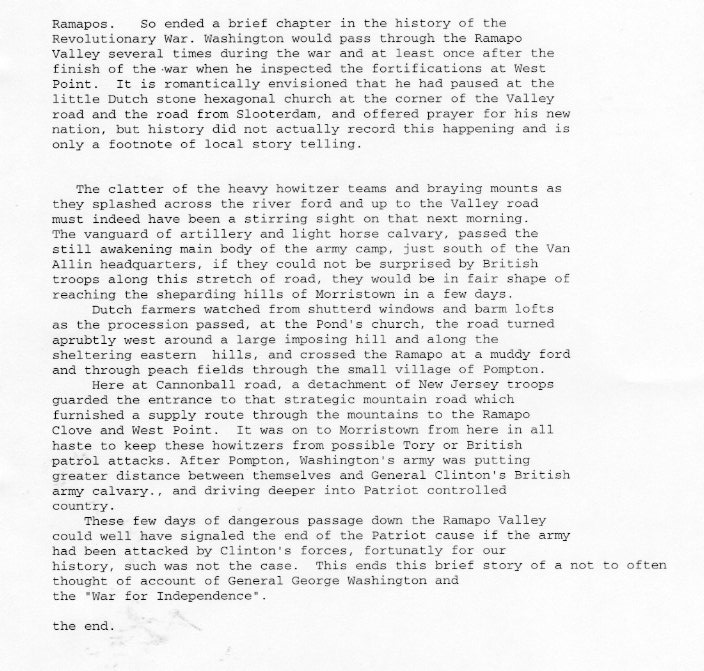
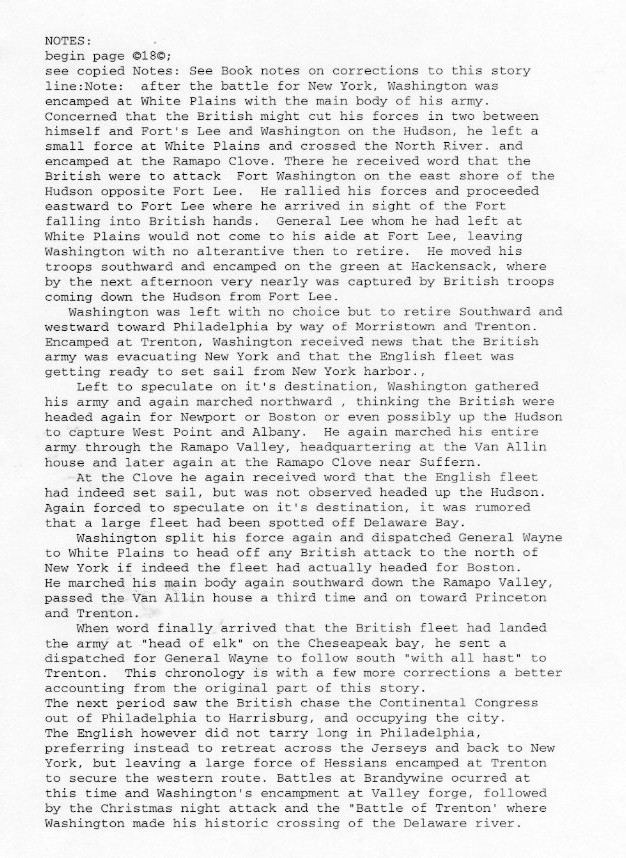
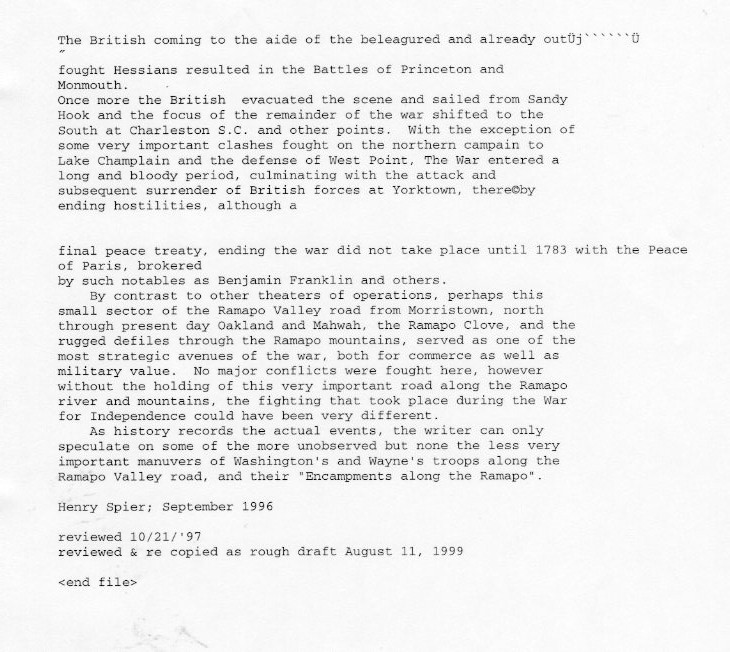
Today, the location known as “Green Meadow” is part of Ramapo Reserve, a high class luxury development on the west side of the Ramapo river in Oakland, New Jersey. Access is limited to residents and little if any of the original setting remains. The property extends up the mountain and into old Camp Todd boy scout camp. This mostly quiet stretch of the river once passed by the early colonial style home of the Fox family, and since the 1930’s was home to Mr. Sidney Kingsley, a famous early screen producer and playwright. His wife was a silent screen actress, Madge Evans and they established an actors studio on the grounds that had planned to be partially used to reconstruct a 14th century study of Sir Christopher Wren. The estate encompassed several hundred acres at one time of the neighboring fields and mountains. Mr. Kingsley, was also a lover of the natural wild state of the property and the peaceful solitude there afforded him the time and place for his award winning Broadway plays he produced. Later, famous movie actors often would visit there, and plays would be acted out in the studio.
After service in the Navy, I returned to work for my previous employer and we were contracted to maintain the property for Mr. Kingsley and later when I was in business for myself, I continued there with the place as a regular customer.
Upon Mr. Kingsley’s death, (Madge Evans had passed away several years earlier), and after a period of time, I moved there, upon leaving our home near the Franklin Lakes border. Our mother lived there as well until her passing.
I remained at the old estate as caretaker for the new property owners that planned to develop the location. The position was gotten for me by my long time friend, Frank Scardo of Oakland, who was the field section forest firewarden for Section A-2. As a District forest firewarden myself, I had one of the State brush trucks stationed there also, and would often patrol the back woods of the property with it.
It was during that time I became interested in the history of the Revolutionary war and how it may have affected the Ramapo valley. The travels of the Continental army, General Washington, General Anthony Wayne and the Marquis de’ Lafayette were well versed in history. The Continental army had marched frequently up and down the Ramapo Valley to and from the Ramapo Clove and West Point enroot to Morristown and points south during the war.
It was no small wonder how history had influenced the character of the area and its many old Dutch colonial homes throughout the Revolution. With some imagination it could be seen how an Army of as many as 7,000 soldiers under arms, with field artillery and it’s train of supply wagons, cavalry, and militia units would have been spread out over several miles of the Ramapo valley and its strategic Valley road, needing forage for the horses and a large enough area to encamp that many troops. And this, not happening only once during the war but perhaps as much as a half-dozen times throughout, as the Valley road was an important artery linking through to Newburgh, West Point and points north.
The somewhat “natural fortifications” of the Ramapo mountains on the west and covering hills to the east, a good source of water with the Ramapo river, suitable forage throughout the area, and the abundance of good Dutch farms was here. Also just over the mountains lay the strategic Ringwood and Sterling iron works, its furnaces and forges and to the north, the rugged defile of the Ramapo clove that needed to be guarded throughout the war. If not for the more “Centralized” location that the hills of Morristown offered, the Ramapo valley came to be a close second in that importance.
In 1781, General Anthony Wayne with a large force, marched through the Ramapo valley on his way to join Washington’s forces marching to Yorktown, Virginia. Troops were continually stationed at the Clove, Ringwood and Sterling’s works and at Pompton at the entrance to the Cannonball trail.
Post riders nearly daily galloped with dispatches between West Point and Washington’s mobile headquarters that were nearly constantly on the move, the most direct routes were down the Valley road or by way of Warwick and Sussex county to the west; but with the Ramapo valley route the quickest way to Pompton and Morristown.
Loyalist sympathizers also proved a threat throughout this area and cut throat gangs that held allegiance to neither side roamed the northern Ramapo’s sometimes referred to as “the neutral ground”.
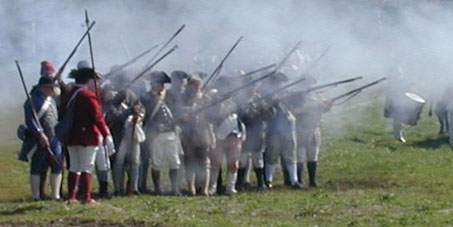
Bob Spear 05/24/2009